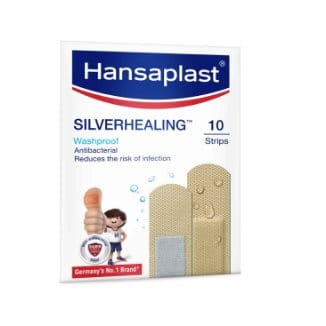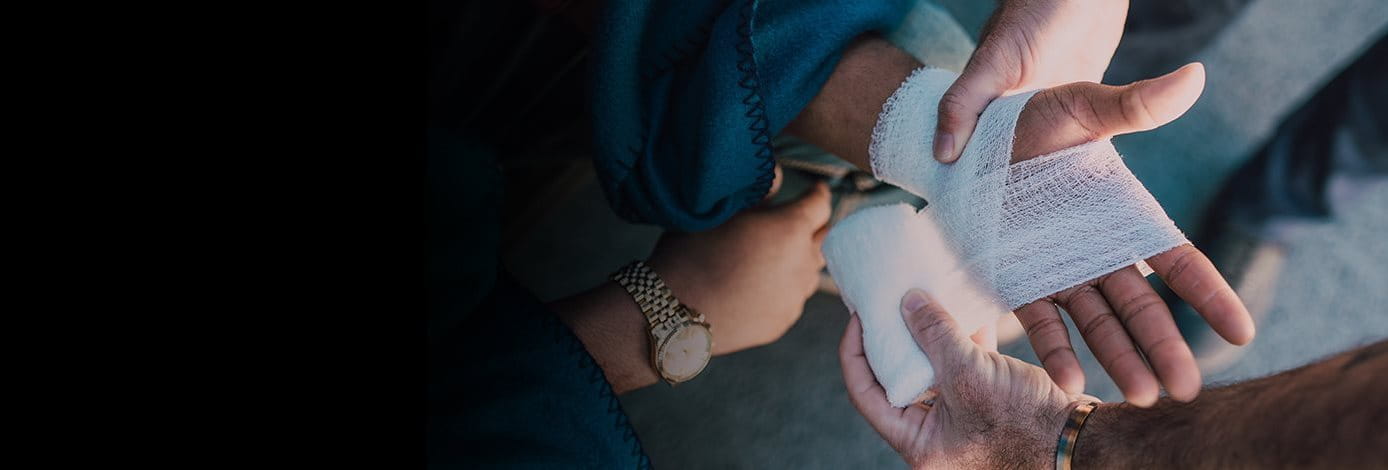There are certain life skills that everyone needs to have in order to be self-sufficient. Having proper knowledge about basic injury care is one such skill. If you discover yourself in an unfortunate situation where you or someone around you hurts themselves, you should have the knowledge and the necessary first aid material at hand to be able to provide basic relief.
Of course, the first step towards learning about injury care is to learn about the different types of bandages and wound care dressings options available to you and which one to use according to your situation. Whether you need to provide emergency first aid care or carry out injury after-care at home, here is a list of types of bandages and other types of wound dressings that you should know about:



